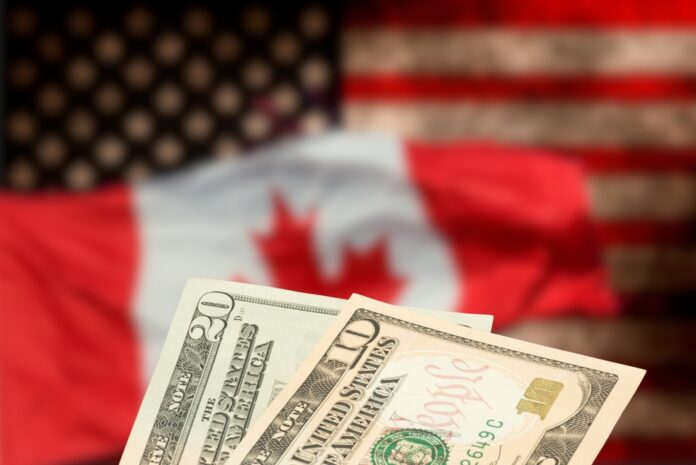The U.S. dollar remained range-bound on Wednesday as traders awaited clarity on the Trump administration’s latest tariff measures, set to be announced later in the session.
As of 03:10 ET (08:10 GMT), the Dollar Index edged slightly lower to 103.900, following a 3% decline in March—its worst monthly performance since November 2022.
Market Focus: “Liberation Day” and Tariff Impact
U.S. President Donald Trump is expected to introduce new trade tariffs, dubbed “Liberation Day,” with White House spokeswoman Karoline Leavitt confirming the duties will take effect immediately.
Trump argues the tariffs will correct trade imbalances and support domestic manufacturing. However, uncertainty remains over their scope. Reports suggest the administration is considering a broad 20% tariff increase on imports from nearly all countries.
Analysts at ING noted, “Downside risks dominate for all currencies against the dollar today. While initial measures may be severe, they could later be scaled back, triggering a shift into USD and JPY while high-beta currencies take a hit.” However, they cautioned that any dollar strength may be short-lived, depending on the longevity of the tariffs.
Euro Slips Ahead of Tariff Decision
EUR/USD fell 0.2% to 1.0789, dipping ahead of the U.S. trade policy announcement.
French Industry Minister Marc Ferracci reassured markets that Europe will respond proportionally without escalating tensions. “Trade wars only create losers,” he stated.
Further pressure on the euro followed eurozone inflation data, which showed a slight decline in March, reinforcing expectations of another European Central Bank rate cut on April 17.
Meanwhile, GBP/USD dipped 0.1% to 1.2908 amid caution over potential U.K. tariff impacts. Talks between Prime Minister Keir Starmer and Trump over a trade deal took place last weekend, but Downing Street still expects new tariffs on British exports.
Aussie Dollar Surges, Yen Strengthens
USD/JPY edged down 0.2% to 149.66, after briefly touching 150, as safe-haven demand for the yen increased.
USD/CNY inched up to 7.2710, as traders awaited Beijing’s response to U.S. tariffs.
AUD/USD jumped 1% to 0.6304, making the Australian dollar the session’s best performer after strong February building approvals data and comments from RBA Assistant Governor Christopher Kent, signaling a slight hike in the central bank’s repo rate.



